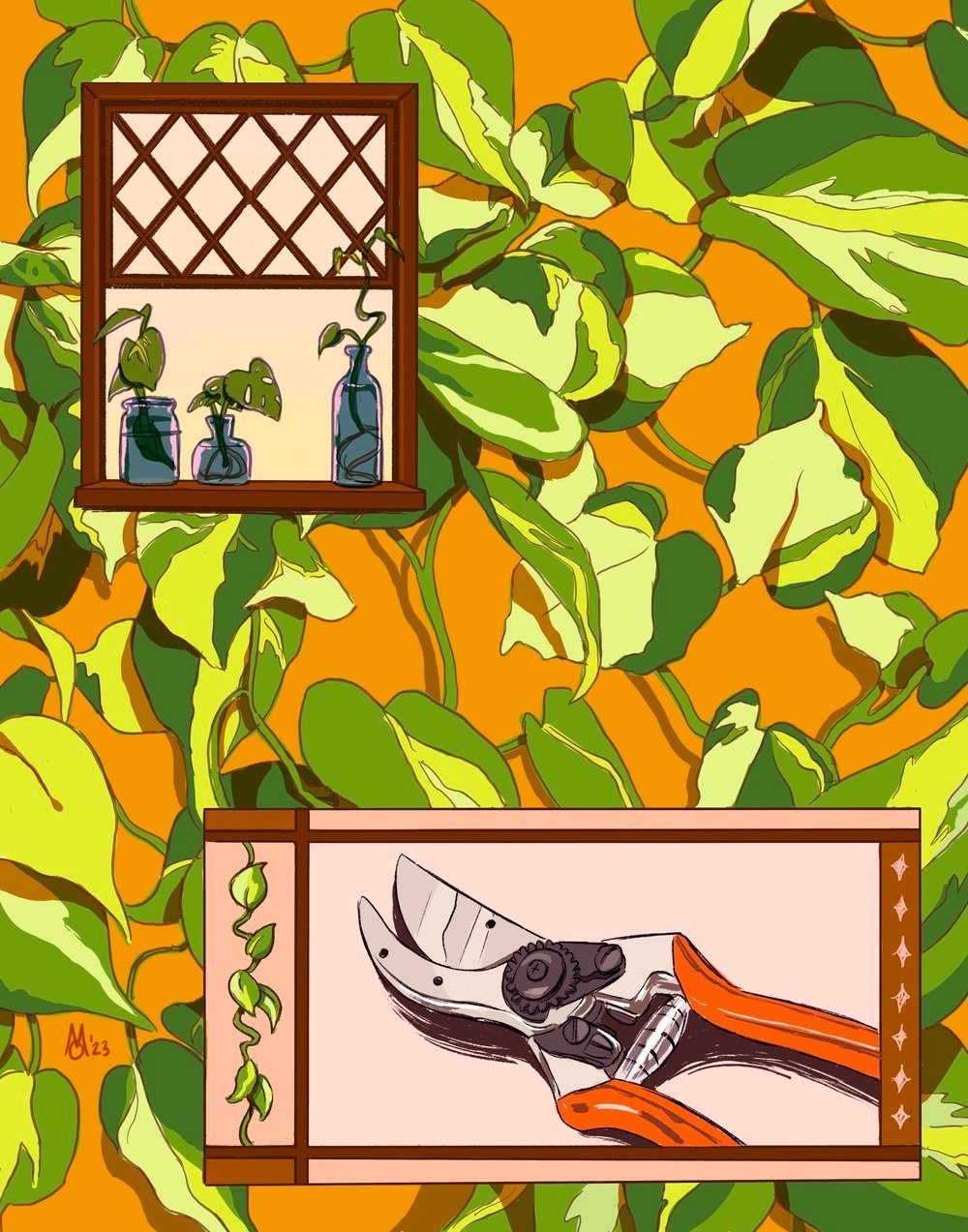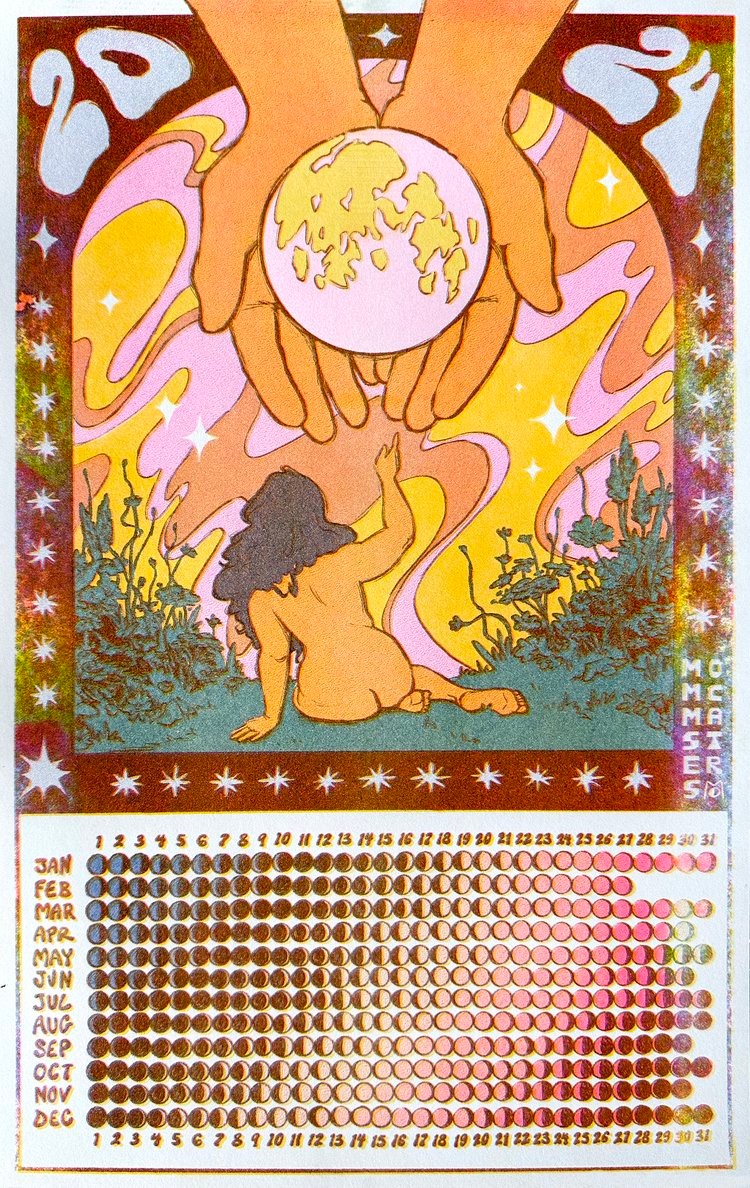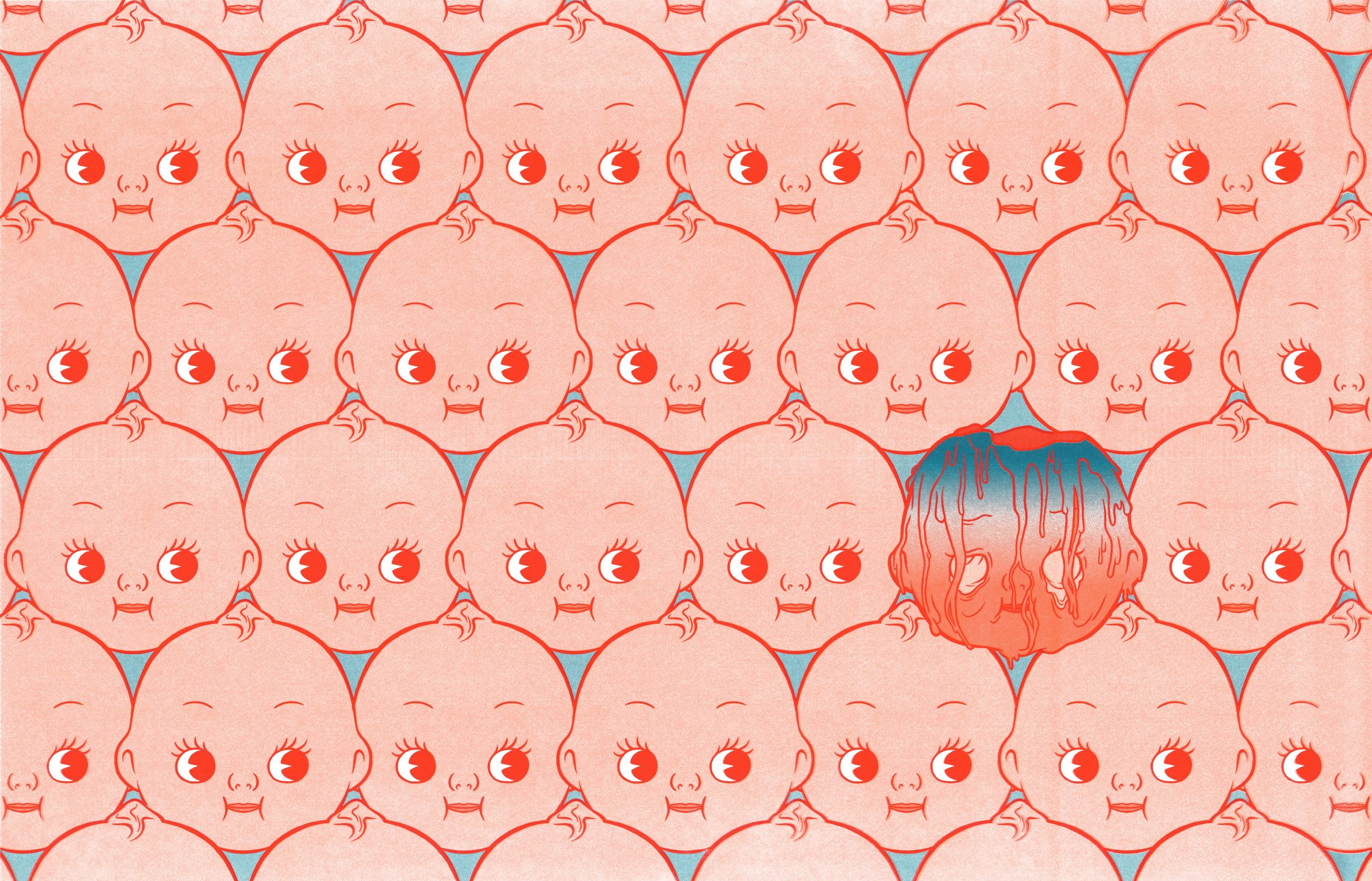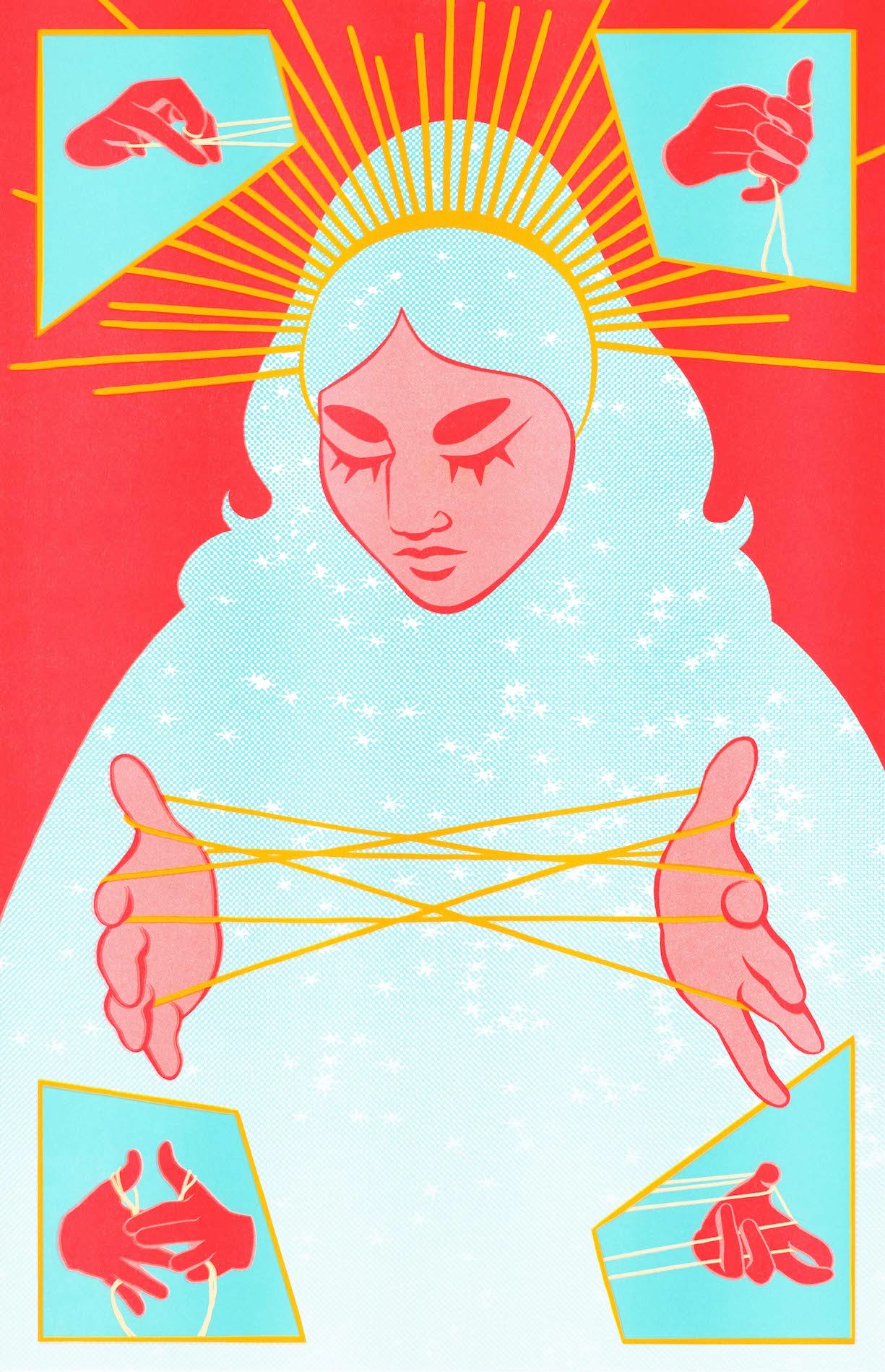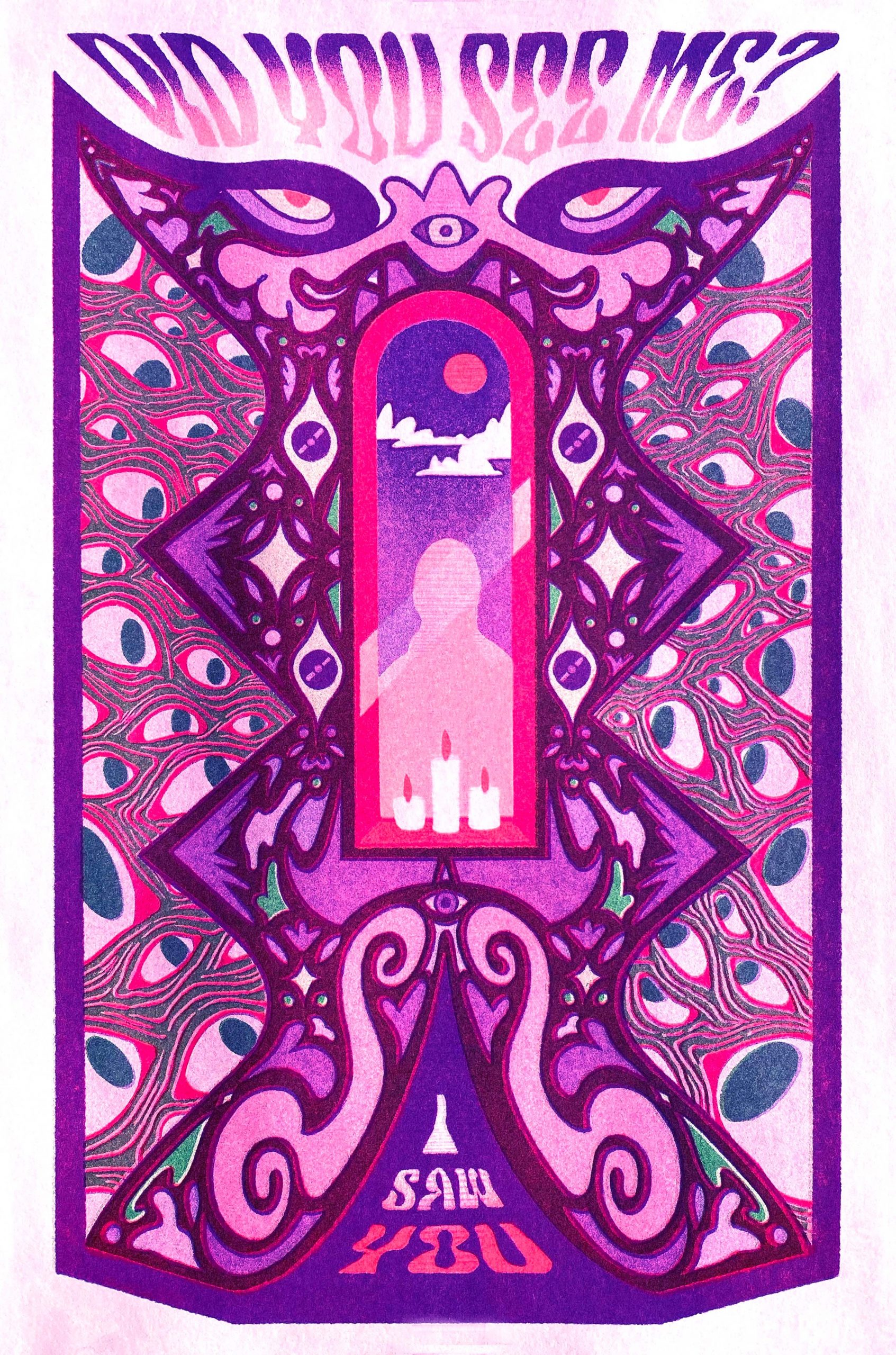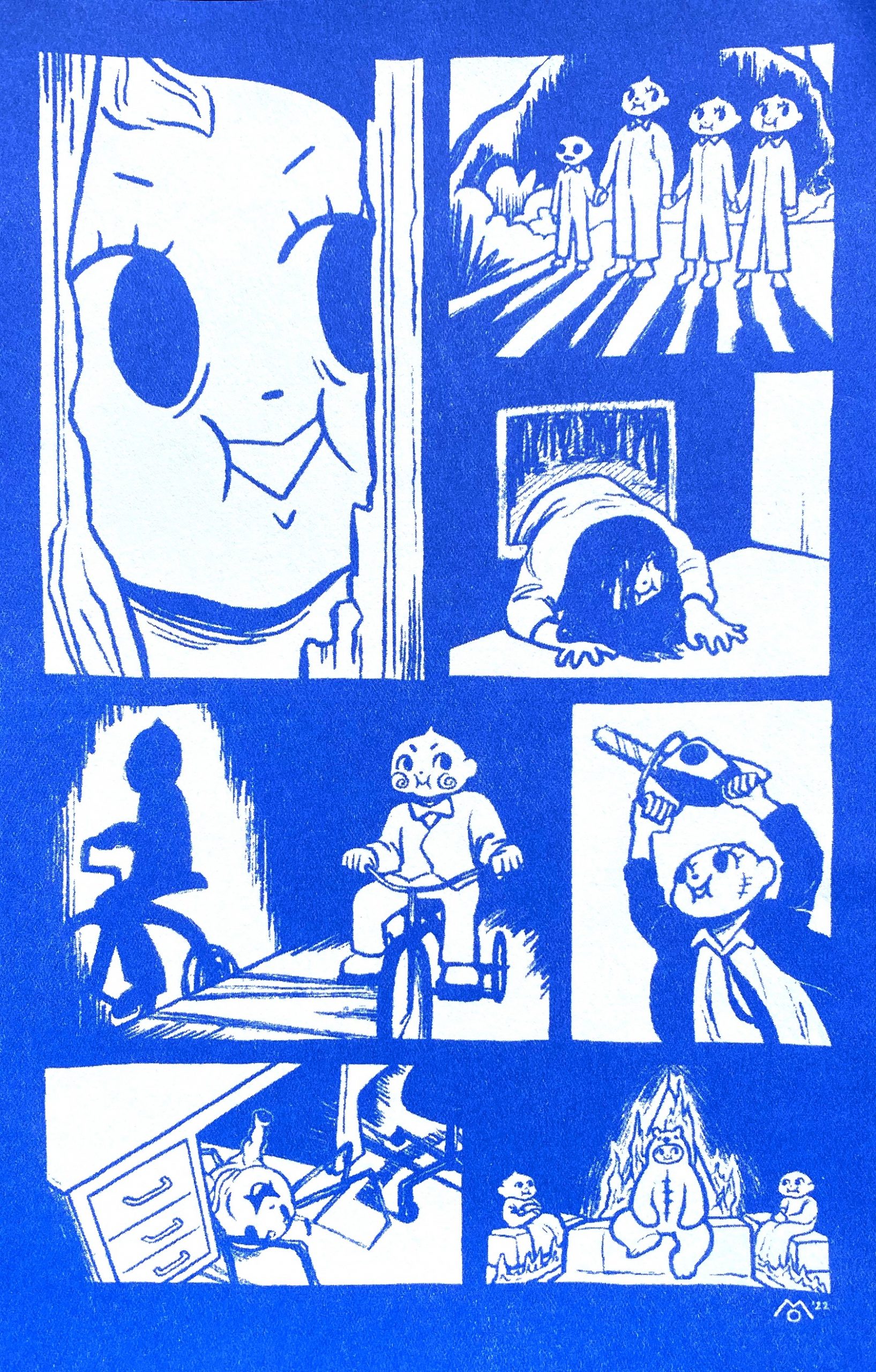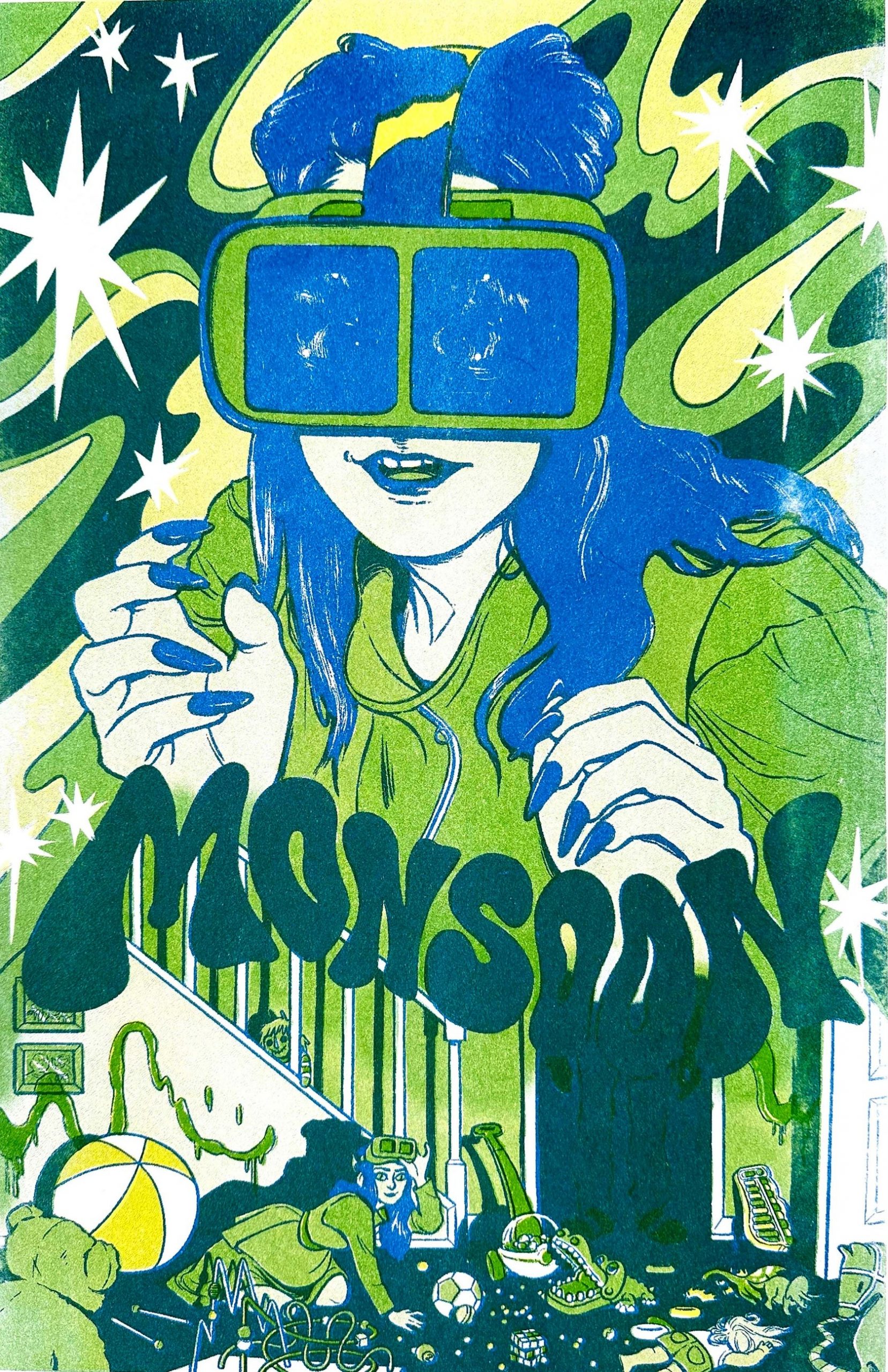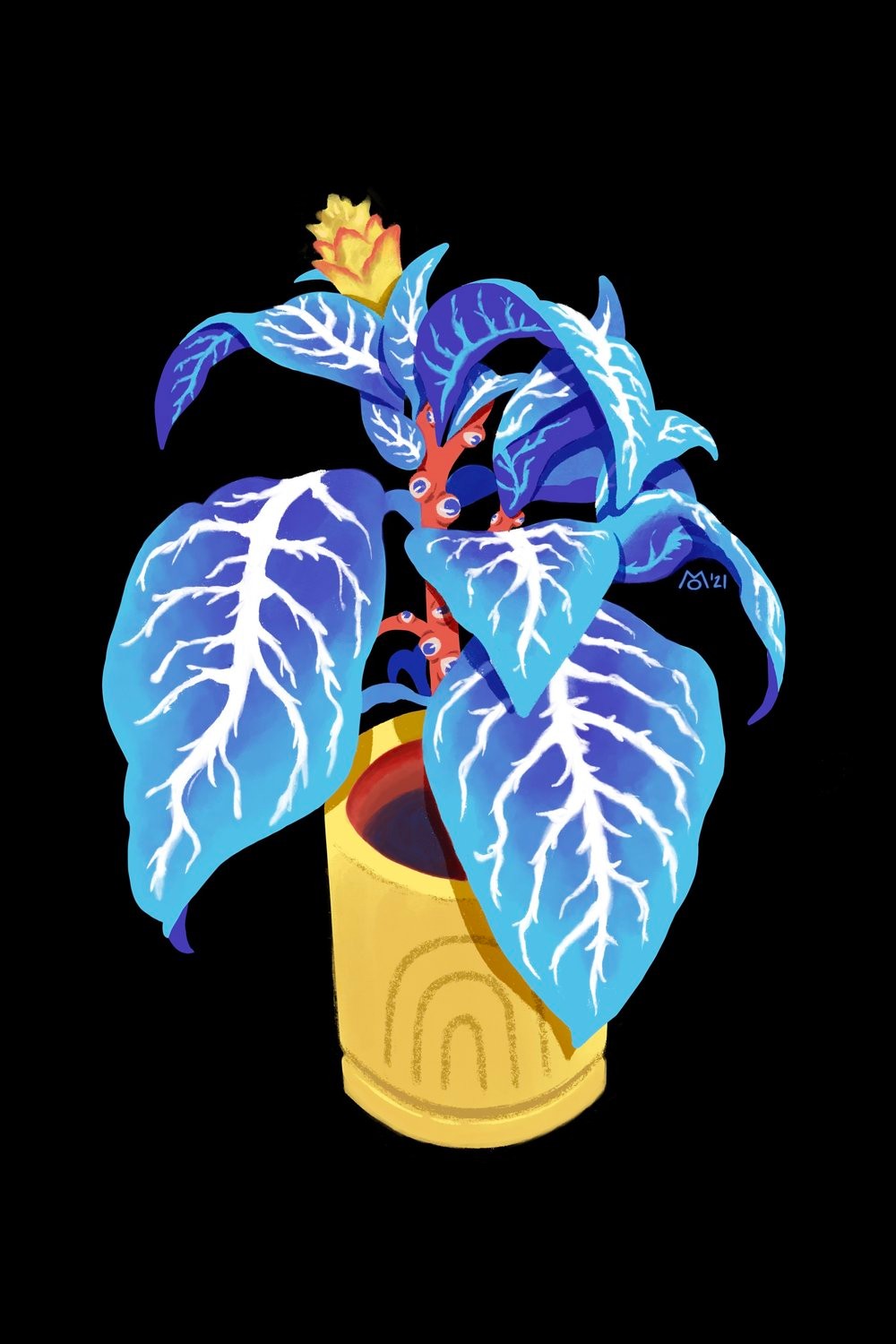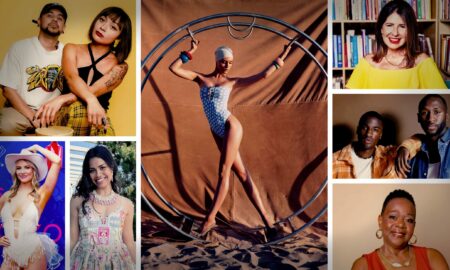

Today we’d like to introduce you to Mo McMasters.
Hi Mo, can you start by introducing yourself? We’d love to learn more about how you got to where you are today.
I’m an illustrator, comic artist, and printmaker. Though I’ve now called Los Angeles home for many years, impermanence has been a significant theme for my work. I draw inspiration from the shifting landscapes of my childhood growing up across the southern United States as well as my four years studying illustration at RISD in New England.
When I graduated from college, I moved to the West Coast to pursue a career in animation. I attended art school to make comics since that was always my primary passion, but I believed the animation industry was a more stable route to being a professional artist. I worked at Cartoon Network for several years, beginning in production and then transitioning to character designs and storyboards. Achieving what I thought I wanted didn’t deliver the relief I expected it to, though, and I had to start tuning into the activities I met with less resistance, even though I’d convinced myself they weren’t as “legitimate” or financially savvy. I’ve since pivoted to focus on what I was already doing in the background that felt much more rewarding to me: drawing comics, exploring printmaking techniques, and making myself laugh with my fanart of The Nun playing basketball.
I’ve reached a point where my career feels more aligned with my needs as both a person and an artist. Unfortunately, I can’t fully disentangle my art from a business perspective (“we live in a society”), but I have more control over what I make, and I value the kind of interactions I have with people who engage with my art. Now I do a bit of everything — I draw and print my own comics that I sell at art festivals and through independent shops, I design illustrations for a mix of freelance clients, I license my designs for television and film, I show my work at galleries, and I run my own online shop. This route likely would have been too daunting for me in my early 20s, but I’ve realized I’m better at valuing my time than a classic 9-to-5 does.
Can you talk to us a bit about the challenges and lessons you’ve learned along the way? Looking back, would you say it’s been easy or smooth in retrospect?
Absolutely not! Despite doing everything I thought I was “supposed to do,” I spent years bashing my head against a wall wondering why things weren’t working. For a long time, I blamed the environment I was in, but in hindsight there was a lot of resistance on my end as well.
It took a real ego overhaul to figure out that the way I work as an artist isn’t necessarily compatible with the entertainment industry. Animation is very much about becoming a master of your craft – there are plenty of artists in animation who are good at a variety of roles, but studios value the succinctness of being “A Character Designer,” “A Storyboard Artist,” “A Layout Artist.” Which makes sense! It’s a pipeline, and efficiency is a huge priority. But no matter how many people told me “Pick a focus: find one overarching role you like and get really good at that,” I just couldn’t do it. Maybe I could have forced myself to, but some innate part of me had a habit of derailing those efforts.
It was already dawning on me that something wasn’t working, but my breaking point came in 2020. In the early stages of the pandemic, CEOs of major media companies paid lip service to the animation industry, pivoting to one of the few forms of entertainment that could be produced from home. Within only a couple of years, those same CEOs gutted most of their projects, performed unprecedented layoffs, and now threaten to replace most of their workforce with AI. Like many other television and film projects, the show I was working on that already had multiple seasons on air was taken off its streaming platform and is now entirely unavailable. I watched years of mine and my colleagues’ work disappear overnight so that a multi-billion-dollar corporation could get a tax write-off. It’s hard not to be disheartened by that experience.
Appreciate you sharing that. What else should we know about what you do?
As a queer, non-binary artist, my motivation is to make art that sparks uncertainty, compelling the viewer to remain curious about what a piece has to say. I know how difficult it is to make sense of yourself in a world that likes definitive, efficient answers, but creating comics helps me record my evolving understanding of myself and the complicated nature of existing.
My comic work has ranged from slice-of-life silly to painful and cathartic. “My Very Eventful Self-Isolation” (2021) is a humorous adventure through a day I experienced early in the COVID-19 pandemic, grieving a loss while navigating a freak accident involving a living room full of bees. All Colors Sam (2022) explores the story of the eponymous wanderer, a space clown cryptid, who meets two children in a field in 1973. In the Eyes of the Shadow (2022) follows a person in a post-apocalyptic world who is ostracized from their survival group shortly after running out of their antidepressants. Saturn Return (2023), my most recent work, features a collage of humorous, autobiographical insights made during three years of existential cosmic upheaval. While my comics can be both realistic and fantastic, they always embody something compassionate amidst the unsettling landscape of the unknown.
Organizing also informs a lot of my creative practice. Community has nurtured my creative growth more than any company has, and part of my work requires contributing to the spaces that have challenged me and given me the support I need to be a happier, more well-rounded artist. Over the last few years, I was a co-leader of my union’s mobilizing group, TAG 839 Member Engagement and I taught organizer training at the Animation Guild. I’ve given presentations on my process for Creative Neighbors, a monthly presentation series where artists of various disciplines in LA share their creative processes, and I’ve curated two different panels of speakers for the series. Just last year, I joined the Board of Directors for Nova Community Arts, a queer-run, community-focused center dedicated to arts education where I also teach risograph workshops. I find the experience of being an artist more rewarding when I approach it as a conversation between me and the world rather than striving to evoke genius.
What’s next?
I just started my own risograph studio, Pretty Guts Press, which is such a dream come true! We run art prints and zines with vibrant, environmentally friendly soy-based inks. I’m also stoked about the comic I’m currently working on, which I’m printing with the help of a grant from the Comics Advocacy Group. The story “The Spiral” explores the impact of an urban legend where if you input your first screen name into a generator called Spiral, it will send you your entire internet history, including your future online activity. It’s one of the most ambitious projects I’ve pursued yet, and I’ll be self-publishing it with my risograph machine later this year.
Other aspirations on my list: participating in artist residencies overseas, designing horror movie posters, sculpting and casting my own vinyl toy figures…I feel like everything is possible and I’m not holding myself back from dreaming abundantly anymore.
Pricing:
- Prints: $20-40
- Comics/Zines: $6-12
- Postcards: $5
- Stickers: $2-6
Contact Info:
- Website: www.shopmomcmasters.com
- Instagram: https://www.instagram.com/momcmasters
- Twitter: https://twitter.com/momcmasters
- Other: https://www.prettygutspress.com/
